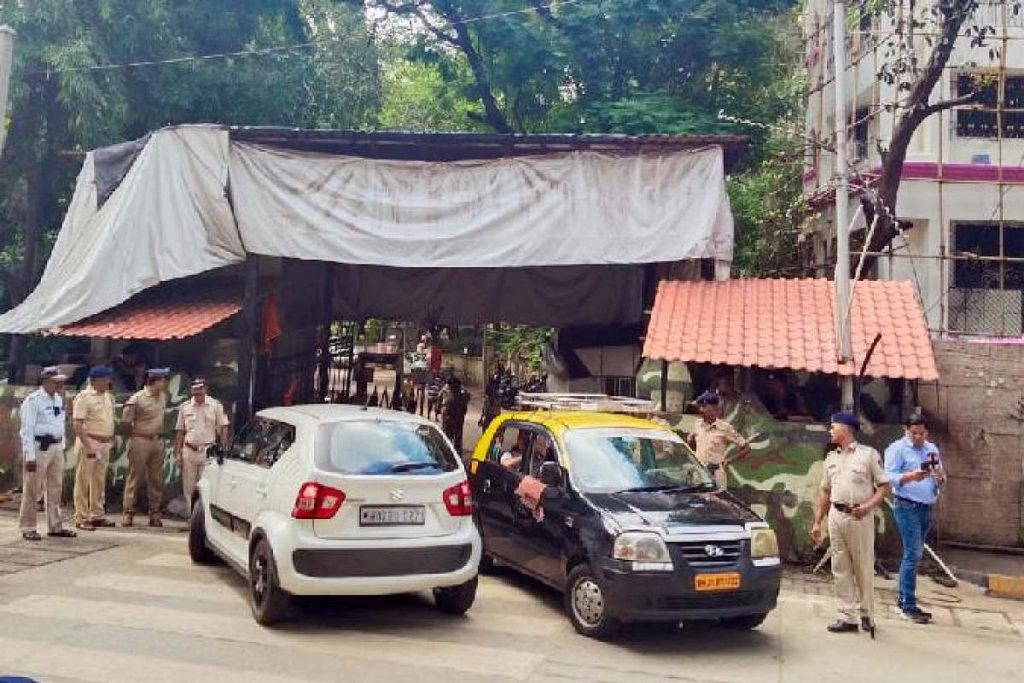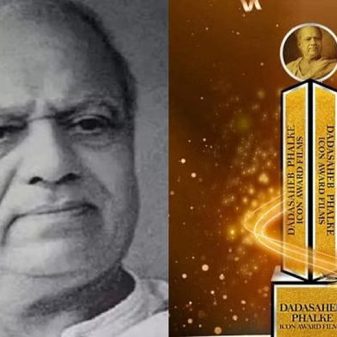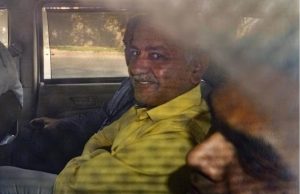
Sanjay Patil
What will be the future of Shinde-led Shiv Sena? Can we imagine a Shiv Sena without the Thackerays? How will these developments impact the state’s politics in the next few months?
The Election Commission of India’s recent decision to allot the official name and party symbol of Shiv Sena to the Eknath Shinde-led faction created a buzz in the country. Shinde’s rebellion in the Shiv Sena with 39 other MLAs and 13 MPs and the subsequent formation of a government with the help of the BJP has been one of the most talked about developments in the recent history of Maharashtra’s politics.
What will be the future of Shinde-led Shiv Sena? Can we imagine a Shiv Sena without the Thackerays? How will these developments impact the state’s politics in the next few months? These are some of the frequently raised questions. While none of these questions has simple answers, a careful look at the Shiv Sena’s organisational structure, its functioning and the larger political context under which it is embedded today can help us understand some opportunities and challenges for both factions.
The Shiv Sena was founded in 1966 to fight for the rights of the sons of the soil in then Bombay. Started by Bal Thackeray, a noted cartoonist, the movement began with a principle of 80% samajkaran (social work), and 20% rajkaran (politics). However, the popularity and support it gained from the city’s lower- and middle-class Marathi-speaking people helped the party transition from a nativist movement to a major player in the state’s electoral politics over the next six decades. Unlike other parties whose politics mainly revolves around elections, the very basis of Shiv Sena’s popularity is the grassroots reach and appeal that it commands across neighbourhoods in the city and the state. Shiv Sena’s shakhas (local branches), its network of ardent followers (also called sainiks or soldiers) and its hold over local patronage networks through them have played a major role in the party’s success. These factors ensure the everyday presence of Shiv Sena in Mumbai and Maharashtra and are, thus it’s core strength. For sainiks and local supporters, Bal Thackeray’s aura and charisma, respect towards the chair of the Shiv Sena pramukh (now Uddhav Thackeray) and loyalty towards the movement are of utmost importance. It is perhaps the reason that the Uddhav-led Sena could move forward in its political journey despite a series of rebellions in the past- from Narayan Rane to Raj Thackeray. Even as the party witnessed the biggest vertical split led by Eknath Shinde, the Shiv Sena movement and the grassroots organisation continued to back Uddhav. The public displays of support on various occasions over the last few days and the many affidavits submitted as evidence of support to the Election Commission are a testimony to this.
While coming out of one of the biggest crises in Shiv Sena’s political history can be tough for Uddhav Thackeray, the only ray of hope for Bal Thackeray’s heir apparent is the strong grassroots presence of the party and the loyalty that it has towards the Thackeray family. With barely any elected representatives on his side and after the name and the symbol have gone to the Shinde faction, Uddhav will have to revitalise Sena’s grassroots presence to mobilise sainiks and create a second and third rung of party leadership across Maharashtra. While there have been several attempts to reach out to constituencies across the state through Shiv Samvad Yatras, Uddhav and Aaditya will now have to do much more than create a media spectacle. They will have to build Sena from scratch with the help of the support that the brand Thackeray commands on the ground. The sympathy that Uddhav got from people, mainly for his work as a Chief Minister of the state during the Covid-19 crisis, must be effectively utilised to widen his constituency across the state.
For Shinde, on the other hand, his identity as a Maratha leader, the huge numerical support he commands through the party’s elected representatives, the advantage of BJP’s political and economic clout, and a common goal that the two share- that of finishing the Thackeray brand of Shiv Sena seems to be one of the biggest game changers in his political career. His narrative of having risen from merely being an ordinary rickshaw driver to the chief minister of Maharashtra has a special appeal among the aspirational youth in the state. He constantly invokes Sena leader Anand Dighe and Bal Thackeray and reiterates Maratha pride by using cultural symbols such as Shivaji, Hindutva and Bhagwa (saffron flag). This projects the Sena under him as an aggressive pro-Hindu party and appeals to the followers of Bal Thackeray’s firebrand Hindutva, which according to many, softened after Uddhav Thackeray took over the reins of the party in the late 1990s.
The Shiv Sena is known for its highly centralised and authoritative decision-making process. While it has a wide organisational network, decisions are almost always taken at the top (by the Thackerays), and an aadesh (sermon) is rolled out for those below to follow. While leaders like Shinde rose through the ranks of the party, there came a point when there was no going further, which led him and many others who joined him to allege that they no longer felt valued in the party. While Uddhav Thackeray diversified the Sena’s agenda, his working style continued to be boardroom-like, unlike Bal Thackeray’s, wherein any ordinary sainik had access to the supreme leader. Shinde’s image as an ordinary sainik who is accessible and available has helped the leader gain the sympathy of many elected representatives in the state. The geographical reach these leaders command in the state and the resources that come with being in power will prove to be a big advantage for the Shinde-led Sena in mobilising support in their favour. The official party name and symbol will also prove to be a significant advantage as a large number of voters in India vote based on these two things.
The upcoming Brihanmumbai Municipal Corporation (BMC) elections will be a litmus test for Uddhav Thackeray and Eknath Shinde to claim their hold over the “real Sena.” Thackeray will have to go all out to revive the movement that his father created and nurtured. Shinde’s challenge would be to use the BJP effectively and ensure that he doesn’t become a mere pawn in the BJP’s bigger game of establishing its hold over Mumbai and Maharashtra. The true test will, however, be for the Shiv Sena as its potential as a party and movement will be constantly milked by both factions.
(The writer works at the University of Mumbai and has been chronicling the Shiv Sena’s journey for the last ten years)





